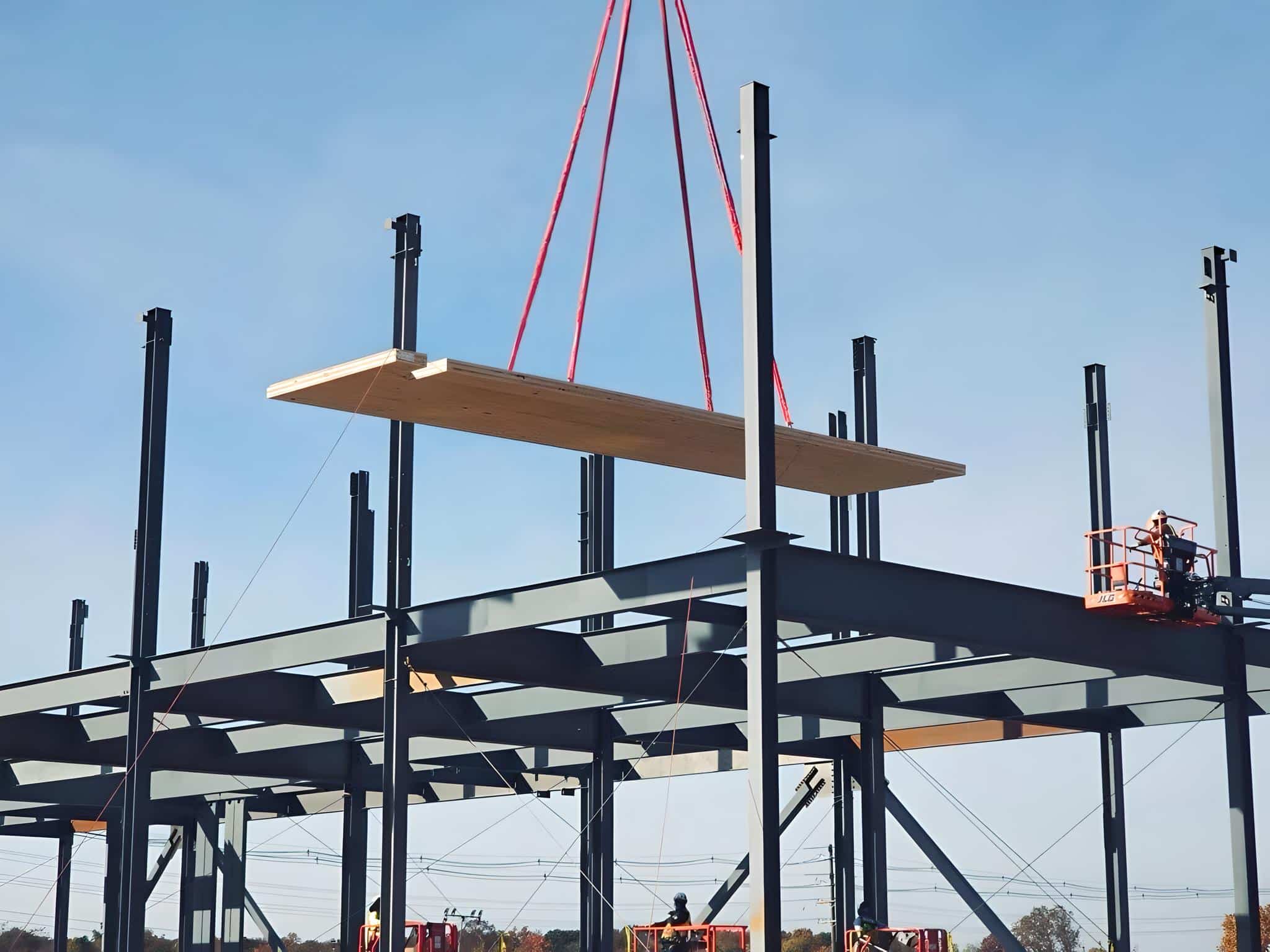Outgoing US president Joe Biden has signed an executive order, one of his last as president, ensuring the rapid construction of artificial intelligence (AI) infrastructure, including data centres and clean power facilities. The executive order, signed on Tuesday, will direct federal agencies to make some of their sites available for AI data centres and clean power facilities, to connect the infrastructure to the electric grid, and to help speed up the permitting process.
According to the White House statement, agencies will run “competitive solicitations” from private companies to build AI data centres on those federal sites, with developers building on sites required to, among other things, pay for the construction of those facilities and generate sufficient clean power to match the capacity needs of their data centres – this in effect will ensure that electricity cost coming from data centres would not raise electricity prices as per the statement.
“This Executive Order will direct the Department of Defense and the Department of Energy to lease federal sites where the private sector can build frontier AI infrastructure at speed and scale,” President Biden said. “These efforts are designed to accelerate the clean energy transition in a way that is responsible and respectful to local communities and in a way that does not impose any new costs on American families.”
Joe Biden, the outgoing president of the United States, who is pushing for more federal agencies to acclerate the construction of data centres across the country.
Last year, Wood Central reported that giant data centres, more than 20 times larger than just a few years ago, are in the pipeline. Already, AI and machine learning are emerging as opportunities for mass timber construction, with Microsoft leading the way in building new data centres out of cross-laminated timber.
Speaking at Data Center World last year, Priyal Chheda, Sustainability lead for Corgan—North America’s top data centre architect—said timber should be “in the mix” with developers struggling to meet ambitious net-zero targets. “Work is needed now if 2030 targets are going to be met,” Ms Chheda said. “Instead of focusing on the difficulties, data centre managers should look for opportunities for a good return on investment via sustainability measures…including mass timber, vital to slashing carbon and meeting net zero targets in North America and worldwide.”
What does Trump’s presidency mean for data centres?
“Building data centres may get easier, but potential supply chain problems loom large,” according to Matthew Gooding, writing for Data Centre Dynamics, which has reported on the changes to the data centre construction, already worth US $194.81 billion and expected to mushroom over the coming decades.
“For American data centre operators, many of whom are planning multi-billion dollar investments during Trump’s term in office, the incoming administration’s pro-business stance could mean their lives are about to get considerably easier,” Mr Gooding said. “But Trump’s foreign policy could lead to their supply chains, particularly those relating to AI components, becoming a lot more complicated.”
The US data centre industry has already enjoyed exponential growth, powered largely by America’s hyperscale tech companies, including Amazon, Microsoft, and Google, building massive data centres to run cloud platforms. Figures from Goldman Sachs, released last year, suggest that $1 trillion will be spent on AI data centres, components, and associated infrastructure over the next few years.
Much of this investment is going to the US, according to data provided by Synergy Research Group. The United States is now home to 51% of all hyper-scale data centres in the world, while China, the second biggest location, houses just 16% of facilities. These strong fundamentals are likely to spur further growth, regardless of who sits in the Oval Office, according to Niccolo Lombatti, TMT industry analyst at BMI, who said: “The US has continued to grow its data centre market consistently over the past years, irrespective of new presidents.”
“This is partly because the role played by the federal government in driving more data centre investment to the US has been “much smaller when compared to municipalities and individual states,” he explains.
Indeed, state governments and smaller local authorities have regularly offered tax breaks and other concessions to attract data centre operators, with many politicians seeing digital infrastructure projects as a good way to boost GDP in their regions.
However, Lombardi adds: “We believe the impact that the next US administration will have on the local data centre market will be positive given its focus on AI-related infrastructure, though its overall contribution to the country’s computing capacity growth rates will be marginal in the broader context.”
- To learn more about the push to build mega data centres out of wood, click here for Wood Central’s special feature.






